If you’re unfamiliar with generative art, you’re in for a treat. This type of art is created using algorithms and other processes that result in unique, intricate, and often beautiful works of art. Unlike traditional art, which is created by a single artist, generative art is created by a computer using complex code or algorithm. In this blog post, we will explore w?hat generative art is, how it’s created, and some of the most famous examples of it. By the end, you’ll be able to appreciate this type of art in a new light.
Types of Generative Art
There are no limits to what can be created with generative art. Some artists use it to create abstract art, while others use it to create more realistic images. Today, it’s used to create surreal and intricate designs, animations, interactive art installations, architectural designs, and sculptures. Let’s look at some of the most stunning examples of generative or coded art.
Examples of Generative Art
1. Fabrication & 3D Printing By Michael Hansmeyer
Michael Hansmeyer is a Swiss architect best known for using generative art in architecture. Hansmeyer’s work focuses on using algorithms to create complex, three-dimensional shapes that are impossible to achieve using traditional methods of fabrication. His famous and remarkable designs like The White Tower, Zauberflöte, and Inhotim Monolith tell us just how vast and unexplored the world of art truly is.
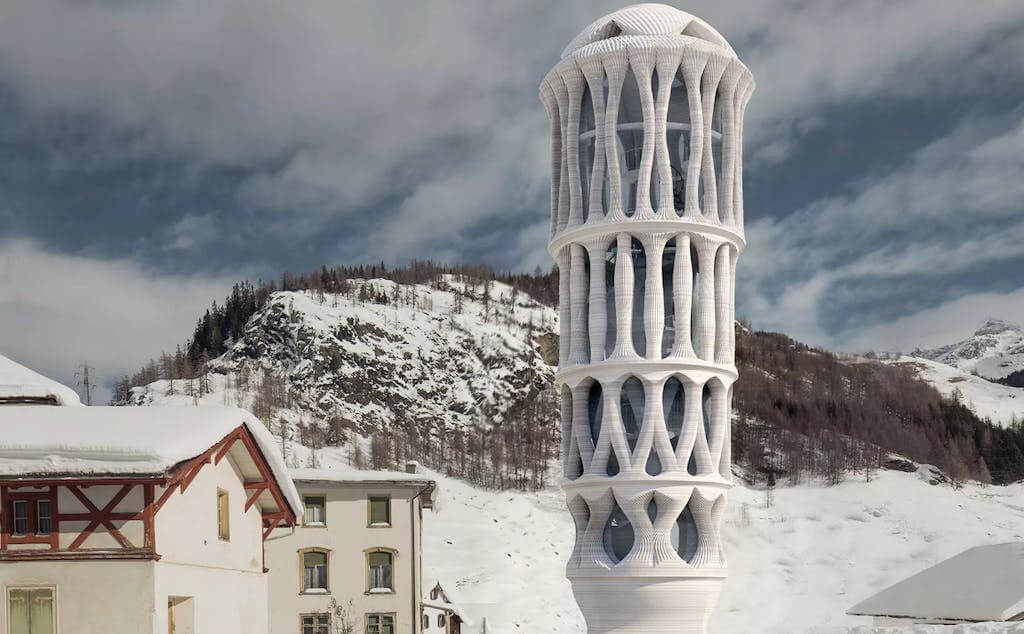
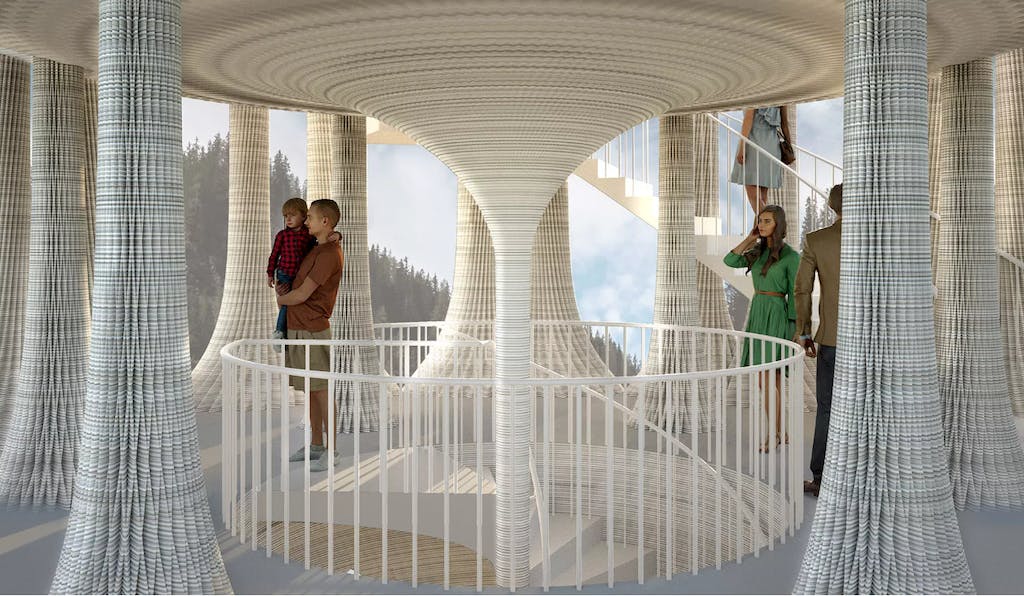
The White Tower’s key design element is a set of 104 3D-printed columns. These support the various levels of the building and also form the tower’s facade.
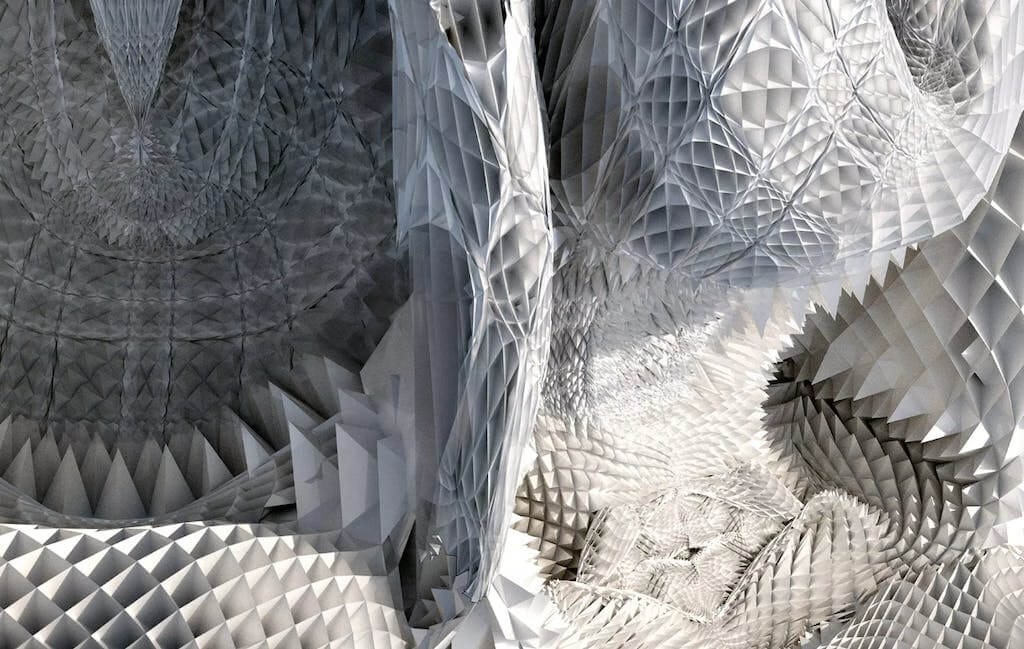
The subdivided columns are purely algorithmic forms. They’re impossible to draw using conventional means- whether by pen or by mouse- as they have too much detail and differentiation.
2. Plastic Experimentation By Manolo Gamboa Naon
Manolo Gamboa Naon is an Argentinian artist who focuses on exploring the digital surface as a space that can be molded using code as a material. He experiments with basic shapes and colors to reflect the potential of coding as an expressive visual language.
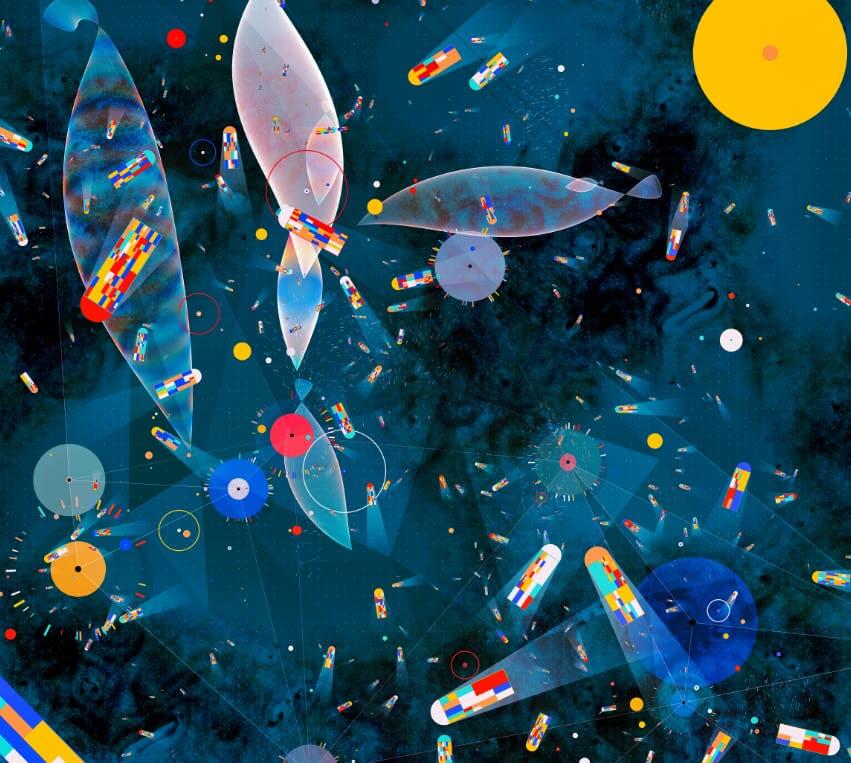
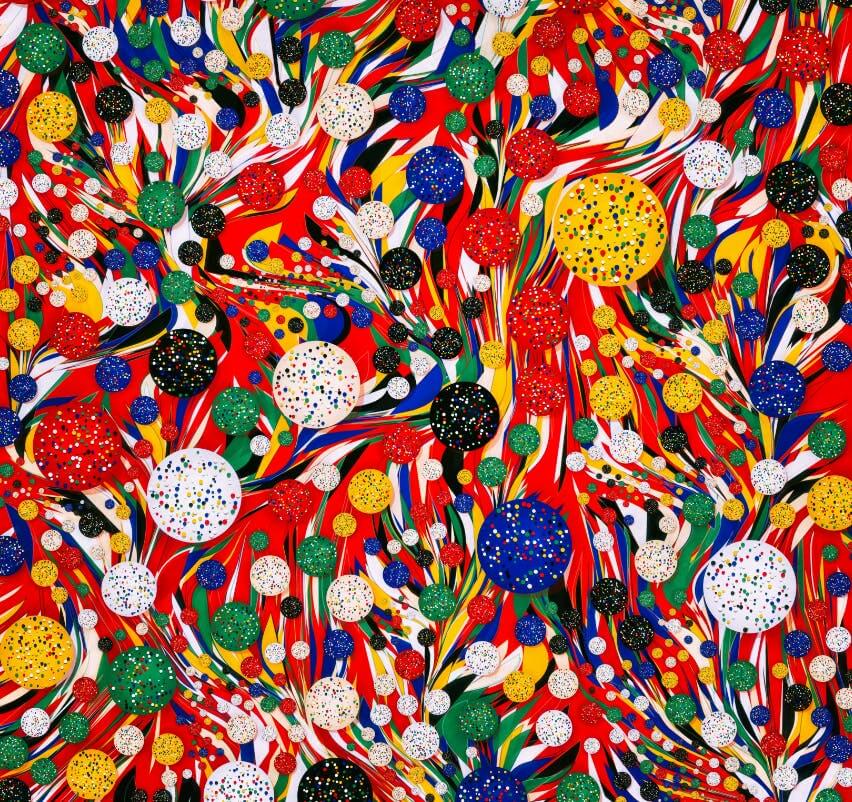
3. Science Meets Programming By Mark J. Stock
Mark J. Stock is a generative artist, scientist, and programmer who encapsulates elements of nature and algorithms. His work is based on scientifically accurate research that explores the tension between the natural world and its simulated counterpart, translating data into beautiful flows, patterns, and art forms.
The Streamline series by Mark J. Stock is a static representation of a dynamic flow. He used an algorithm originally designed to study blood flow through artificial heart valves to create the images in this series.
He believes that algorithms are just tools that take some input and create an output. They are not biased or care about the input, whether it’s scientific or not, or even if it’s possible. The algorithm just does its thing, creating something unimaginative but true to its code.
4. GAN By Sophia Crespo
Sofia Crespo is an Argentinian artist with a heavy inclination toward biology-inspired technologies. Her work is defined as GAN art, which is generated by a system known as a Generative Adversarial Network. It’s so visually dense and layered that it’s almost mind-bending and psychedelic.
“Critically Extant” is a moving image series of flora and fauna by Crespo highlighting how little knowledge is available about the natural world around us. The artist uses AI algorithms trained on millions of open source images of nature and ten thousand species to create models.
These models were then used to generate visual representations of critically endangered species to spread awareness and help preserve the species.
Bonus: 5 Major Distinctions Between Art And Design You May Not Know
How To Make Generative Art? (Software & Tutorials)
Coded art is fascinating and unique. It’s one of a kind and cannot be copied or repeated. So if you’re looking to dive in, the best way to get started is to watch a good step-by-step tutorial. We recommend Three.js 101, WebGL Tutorials, and Shaders: A primer to help you find your feet and get acquainted with the process of creating algorithmic art. Alongside a good tutorial, you also need software aimed at helping you create generative art with minimal coding. Here are our top picks for the best generative art software:
1. openFrameworks
This is an open-source C++ toolkit for creative coding. It’s cross-compatible, letting users access common libraries for fonts, 3D modeling, graphics, computer vision, and many more. It’s simple, collaborative, and a good starting point for people looking to explore generative art.
2. Nannou
Nannou is a powerful code library that makes it easy for artists to express themselves with simple, reliable, and portable code. Whether working on a 12-month installation or a 5-minute sketch, this framework gives artists easy access to the tools they need for generative art.
3. Processing
Want to learn and grow more while you create art? This is the platform for you. Processing is a powerful platform for prototyping and learning code to create stunning art.
Final thoughts
From design, art, gaming, music, and architecture, generative art is a medium that artists are eagerly exploring to express themselves. The intricacy, fabrication, and depth of each item produced are impossible to be replicated or created using traditional methods. Many believe that generative art is the future of art, so, love it or hate it, this exploratory mathematical side of art looks like it is here to stay for a while.



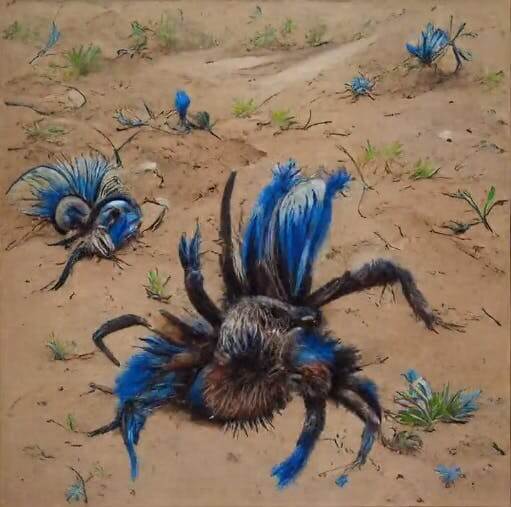


![16 Best AI Headshot Generators in 2025 [Free & Paid] 16 Best AI Headshot Generators in 2025 [Free & Paid]](https://siteimages.simplified.com/blog/Best-AI-Headshot-Generators-2-01.png?auto=compress&fit=crop&fm=png&h=400&w=400)


